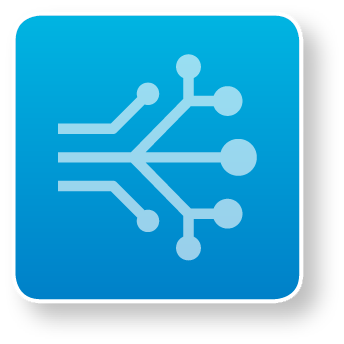12. Eliminating Harm case studies demonstrate how a new approach or way of thinking has successfully eliminated harm within Costain and how this has been, or is intended to be, rolled out across the business. This could be associated with a new technology or as simple as looking at something from a new perspective. As in 2020, all relevant contracts are expected to produce at least one case study through the year, and these will continue to be tracked using the Group SHE Dashboard. A SHE Briefing is available to provide an overview of case study expectation: B_2019_006 SHE Briefing - Creating an Eliminating Harm Case Study. An additional explanatory presentation and video can be found here. MyLearning offers a Technical Report Writing Course for those who require support in producing and writing the case study report using the template provided. Those submissions which do not meet the standard for a case study will be retained and shared. It is worth noting that evidence requirements for the likes of the Resource Efficiency Matrix and the Climate Change Action Plan may also be suitable for Eliminating Harm case study needs and vice versa, so a case study may meet more than one need.
13. During 2021, the Central SHE Team will develop a simple plan to facilitate the capture, development and implementation of SHE related innovations from across the Group. This will give focus to those ideas and approaches that best demonstrate the principles of eliminating harm, aligning with the eliminating harm case studies and associated digital showcase helping Costain be both Leading Edge in our approach and a learning organisation.
14. The launch of our Climate Change Action Plan saw the first of many steps we will be taking to tackle emissions from plant and machinery fleets. In 2020 we set up Group-wide supply chain agreements with all strategic and with many of our preferred plant and machinery suppliers to provide an agreed telematics data set in a consistent manner to all contracts at no additional costs. We will continue to set up these agreements with remaining suppliers in 2021.
In 2020 we also set a highly successful 20% idling reduction target for all relevant contracts, resulting in 100% of contracts collating telematics data for their fleet to establish their idling baseline and idling reduction plan. The 20% idling reduction will be maintained in 2021 and now that we are fully familiar with the use of telematics data, we are widening the focus for 2021 and will also be looking to achieve a 20% plant fleet efficiency improvement. Using the same data set agreed with the supply chain last year, contracts are required to establish their fleet efficiency baseline and associated improvement plan, in the same manner as the idling baseline was established.
